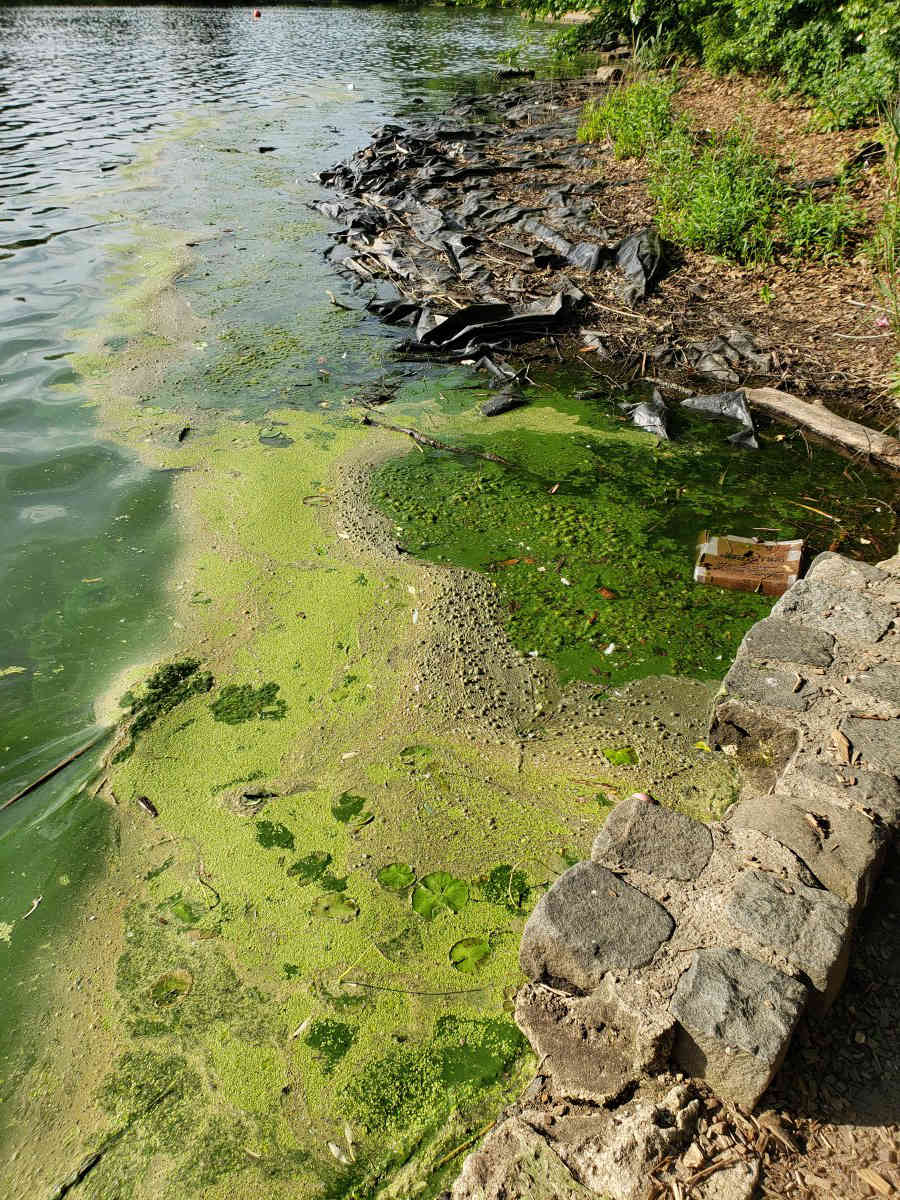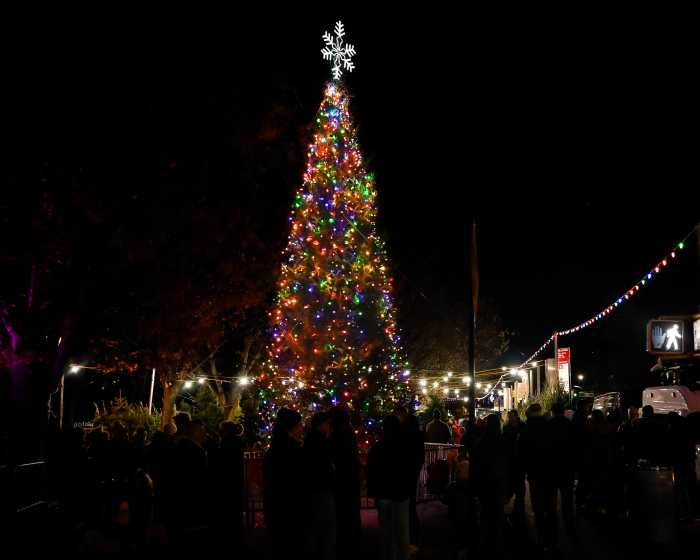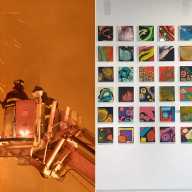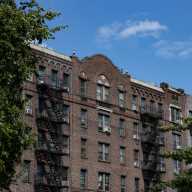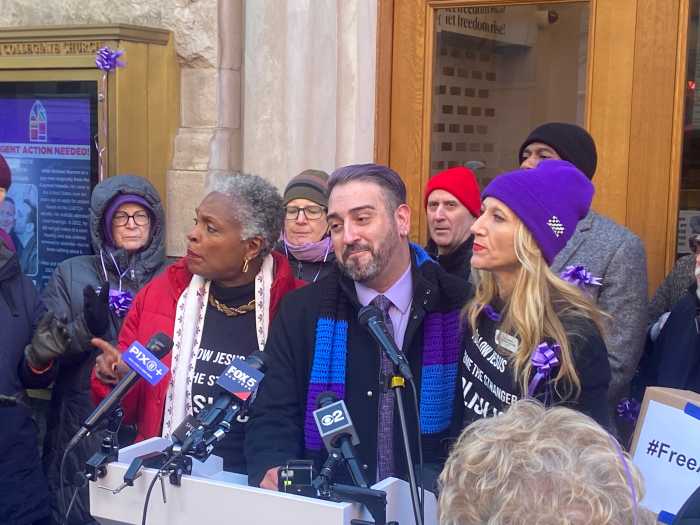The blue death is back!
Summer has returned to Brooklyn’s Backyard, and with it comes outdoor fun, barbecues, and a seasonal bloom of toxic blue-green algae, which can give you a rash and kill your dog.
Officials with the State Department of Environmental Conservation have confirmed a May 28 sighting of the noxious goo found floating on the western edge of Prospect Park Lake, and are currently investigating two additional reports labeled as “suspicious” on a new interactive algae map the agency published online.
This is the sixth-consecutive summer that the toxic algae, or cyanobacteria, has bloomed in Prospect Park Lake, and meadow stewards at the Prospect Park Alliance are currently in the process of installing signs around the water instructing park patrons steer clear of the hazardous material, and restrict their pet’s nautical activities to Dog Beach, which is located near the Long Meadow section of the park and remains safe from the toxin.
The blue-green algae lies relatively dormant in Prospect Park Lake during most of the year, but the aquatic flora blooms during the summer, appearing like blue-green paint on the water’s surface and producing two types of deadly toxins.
The first wreaks havoc upon the liver, producing symptoms that include vomiting, seizures, black feces, and diarrhea within 24 hours of being ingested, making the algae a fatal threat to man’s best friend, who can die within days of lapping up the lake.
Even more deadly, the algae also excretes a lethal neurotoxin that yields immediate symptoms, which include severe drooling and tearing, muscle spasms, and tremors.
In extreme cases, animals can die within an hour of ingestion.
Two-legged park patrons — who are expected to refrain from drinking lake water with, or without toxic algae — should take caution not to touch the stuff, which can cause a nasty rash for Brooklyn boaters and anglers fishing on the lake.
The blue-green algae feeds on phosphates found in the city’s water supply, which itself feeds the lake, and the Alliance was awarded a $390,000 state grant to fund the installation of two filtration systems designed to prevent the algae’s favorite food from entering the park.
That was in 2017, and while the all-natural filtration systems has yet to be installed, Alliance spokeswoman Lucy Gardner said the organization is on the cusp of selecting a contractor, which should have the filters up and running before the season’s out.
Meanwhile, state officials are encouraging locals to use the Department of Environmental Conservation’s new algae map to track and report potential blooms, according to DEC Commissioner Basil Seggos.
“The state’s new notification system allows New Yorkers to be more informed than ever before about the location of [harmful algae blooms] so they can better protect themselves, their families, and their pets,” said Seggos.



